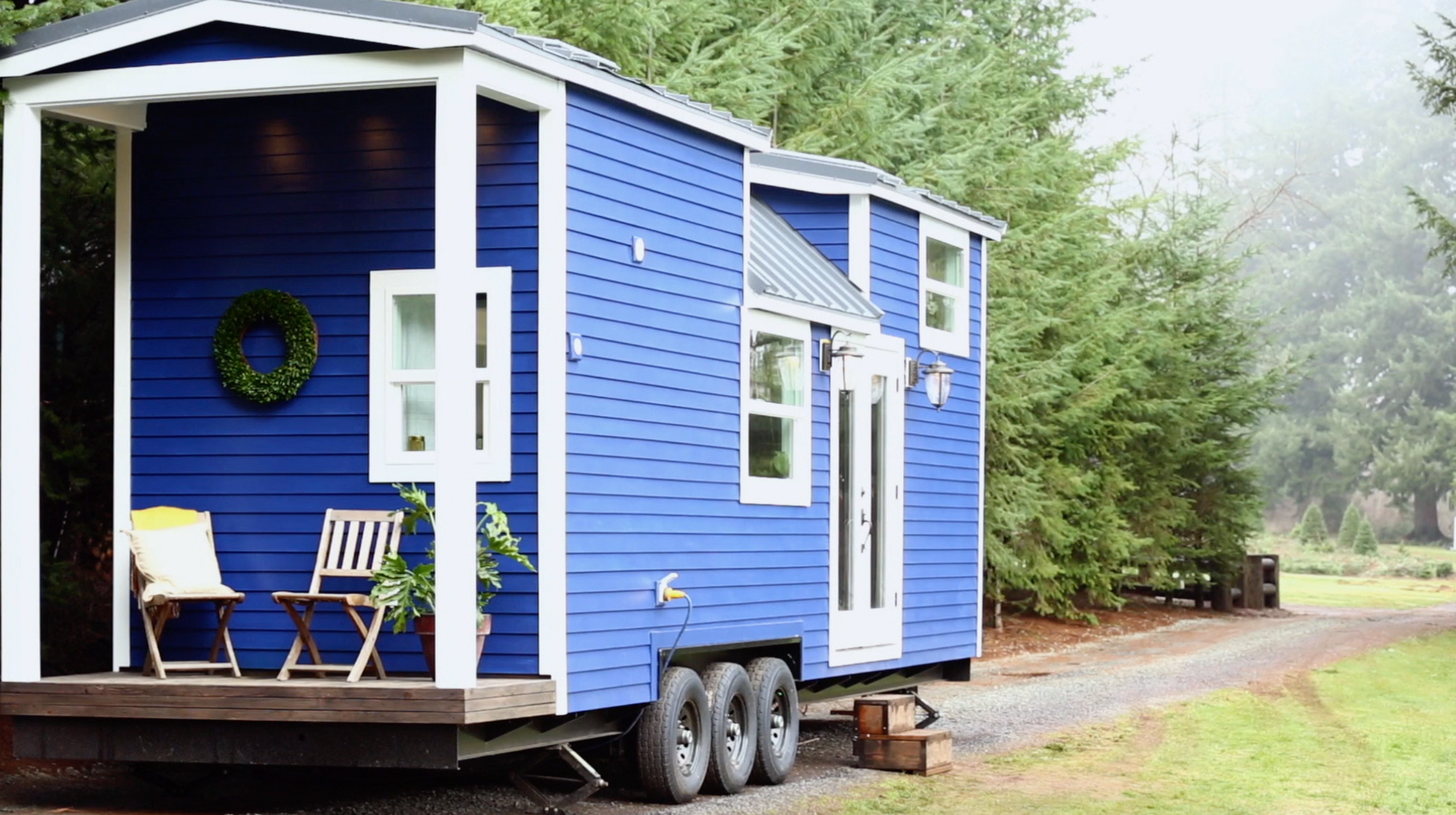Identifying Common Pest Problems
One of the most apparent indicators of a pest problem is the presence of droppings and urine. Different pests leave distinct types of waste. For example, rodent droppings are small and pellet-like, while cockroach droppings resemble coffee grounds. Finding these signs around your home, especially in hidden areas like under sinks or behind appliances, is a clear warning that pests are present. Additionally, gnaw marks and damage are telltale signs of rodent activity. Rodents, in particular, will chew on furniture, wires, and other materials to keep their teeth sharp. Look for these marks on electrical cords, baseboards, and food packaging. Discovering nests and hives can also indicate that pests are breeding in or near your home. Rodents build nests from shredded materials like paper and fabric, while insects like wasps and bees create hives.
For homeowners in the Berkshires, recognizing these physical signs is crucial for timely intervention. If you notice any of these indicators, it’s essential to seek professional help. For effective and reliable solutions, contacting a service specializing in pest control in Stockbridge, MA, Lenox, MA, and other cities in the area, can make all the difference. Experienced pest control professionals can accurately identify the type of pest infestation and implement targeted treatments to eliminate the problem. Moreover, they can offer advice on preventative measures to keep your home pest-free in the future. Being proactive and attentive to these physical signs can save you from significant damage and health risks associated with pest infestations.
Physical Signs of Pest Infestations
One of the most apparent indicators of a pest problem is the presence of droppings and urine. Different pests leave distinct types of waste. For example, rodent droppings are small and pellet-like, while cockroach droppings resemble coffee grounds. Finding these signs around your home, especially in hidden areas like under sinks or behind appliances, is a clear warning that pests are present.
Gnaw marks and damage are also telltale signs. Rodents, in particular, will chew on furniture, wires, and other materials to keep their teeth sharp. Look for these marks on electrical cords, baseboards, and food packaging. Additionally, discovering nests and hives can indicate that pests are breeding in or near your home. Rodents build nests from shredded materials like paper and fabric, while insects like wasps and bees create hives.
Visual Sightings of Pests
Seeing pests in your home, either during the day or at night, is a strong indicator of an infestation. Some pests, like cockroaches and rodents, are nocturnal and are more likely to be seen scurrying around after dark. Pay attention to ant trails, rat tracks, and other visible pathways that pests use to navigate through your home.
If you live in a small home, it’s easier to spot these trails and sightings due to the smaller living space. This can be advantageous, as you can address the problem quickly before it becomes widespread. Regularly inspect all areas of your tiny home, including nooks and crannies, for any signs of pest activity.
Strange Sounds and Smells
Unusual sounds and smells can also indicate a pest problem. Nocturnal noises such as scurrying, scratching, or squeaking are common signs of rodents or insects moving around your home. These sounds are often more noticeable at night when the house is quiet.
Pests can also emit distinctive odors. For example, rodents have a musky, oily smell, while cockroaches produce a foul, musty odor. If you notice any strange smells that persist, it could be a sign that pests are present. In the confined space of your home, these odors can become more concentrated and easier to detect.
.jpeg)
Structural Damage
Pests can cause significant structural damage to your home. Look for holes and cracks in walls, floors, and foundations that pests might use as entry points. Termites and carpenter ants can cause extensive wood damage, compromising the structural integrity of your home.
In a tiny home, even minor structural damage can have a major impact due to the limited space and resources. Regularly inspect your home for any signs of damage and take prompt action to repair and seal entry points to prevent further infestations.
Health Symptoms and Allergies
Pests can also affect your health. Insect bites and stings can cause reactions ranging from mild irritation to severe allergic responses. Rodents and cockroaches can trigger allergies and asthma symptoms, such as sneezing, coughing, and rashes, due to their droppings and dander.
Living in a small home presents a significant problem, as it means you’re in closer proximity to any potential allergens or health hazards caused by pests. Be aware of any unexplained health symptoms and consider a pest inspection if you suspect an infestation is the cause.
Preventative Measures
Taking preventative measures is key to avoiding pest problems. Start by sealing entry points around your home. Inspect doors, windows, and any cracks or gaps in walls and foundations, and use caulk or weatherstripping to close them off. Proper sanitation is also crucial. Keep your home clean and free of food debris, as crumbs and spills can attract pests.
In smaller homes, maintaining cleanliness is often more manageable due to the smaller space. Regularly clean all areas, including under furniture and appliances, to eliminate potential food sources for pests. Additionally, schedule routine inspections to catch any issues early and address them before they escalate.
DIY Solutions for Minor Infestations
For minor pest problems, DIY solutions can be effective. Use traps and baits to catch rodents and insects. Snap traps, glue traps, and bait stations are readily available and can be placed in strategic locations around your home. For those dealing with stink bugs, implementing a targeted stink bugs solution can effectively keep these pests at bay.
Natural remedies can also help repel pests. For example, use essential oils like peppermint or eucalyptus to deter rodents and insects. These solutions can be particularly effective, as the confined space allows for more targeted application and quicker results.
When to Call a Professional Exterminator
Sometimes, pest problems are beyond the scope of DIY solutions, and calling a professional exterminator is necessary. Assess the severity of the infestation to determine if professional help is needed. If you’re dealing with a large number of pests, persistent problems, or potential structural damage, it’s time to call in the experts.
Choosing a reliable pest control service is crucial. Look for licensed and experienced professionals who use safe and effective methods. A good exterminator will not only address the current infestation but also provide long-term solutions to prevent future problems. Professional intervention can ensure that the limited space remains safe and pest-free.
Recognizing the signs of a pest problem and taking prompt action is essential for maintaining a healthy and comfortable living environment. Whether you live in a traditional home or a tiny house, early detection and intervention can prevent minor issues from becoming major infestations. By being vigilant, using preventative measures, and knowing when to seek professional help, you can keep your home free of pests and enjoy peace of mind. Regular inspections, proper sanitation, and timely repairs are key to ensuring that your home remains a safe and pest-free haven.






Share: